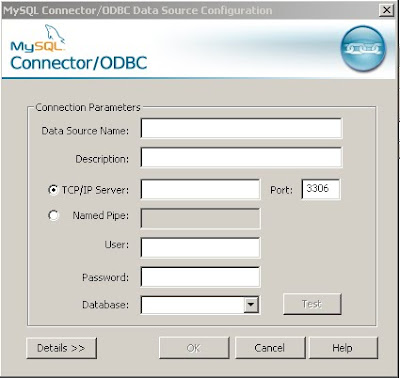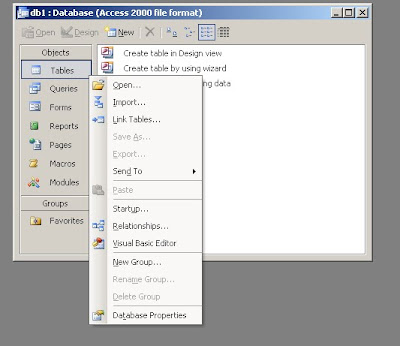Server: MySQL
Database name : asteriskcdr
Table name holding Call Details Record: cdr
Throughout the examples I will be extracting calldate,src,clid and dst field from 'cdr' table
Date format: YYYY-MM-DD : calldate field in cdr table
Date1: 2011-01-01
Date2: 2011-01-02
Source number: Caller number : src field in cdr table; clid field stores callerID of caller.
Destination number: Callee number : dst field in cdr table
Date Based Search:
Example1: Retrieving data from Date1
mysql > select calldate,src,clid,dst
from cdr
where DATA(calldate)='2011-01-01';
If you want to save the data to some file you can run following query:
mysql > select calldate,src,clid,dst
from cdr
where DATA(calldate)='2011-01-01'
into outfile '/tmp/myfile';
Example2: Retrieving data from Date1 to Date2
mysql> select calldate,clid,dst
from cdr
where DATE(calldate) between '2011-01-01' and '2011-01-02';
Date and Destination Number based Search:
Example3: Retrieving data from Date1 to Date2 where destination number (callee number) is '21132'
mysql> select calldate,src,clid,dst
from cdr
where DATE(calldate) between '2011-01-01' and '2011-01-20'
and dst='21132';
Example4: Retrieving data from Date1 to Date2 where you are interested in multiple destination number (called number) e.g '21132', '25962','20002'
mysql> select calldate,src,clid,dst
from cdr
where DATE(calldate) between '2011-01-01' and '2011-01-20'
and dst in ('21132','25962');
Example5: Use the power of REGEXP (Regular Expression): Retrieving data from Date1 to Date2 where you are interested in destination with pattern '259'
mysql> select calldate,src,clid,dst
from cdr
where DATE(calldate) between '2011-01-01' and '2011-01-20'
and dst regexp '259';
Date and Source Number based Search:
Example6: Retrieving data from Date1 to Date2 where source number (caller number) is '21132'
mysql> select calldate,src,clid,dst
from cdr
where DATE(calldate) between '2011-01-01' and '2011-01-20'
and src='21132';
Example7: Retrieving data from Date1 to Date2 where you are interested in multiple source number (callee number) e.g '21132', '25962','20002'
mysql> select calldate,src,clid,dst
from cdr
where DATE(calldate) between '2011-01-01' and '2011-01-20'
and src in ('21132','25962');
Example8: Use the power of REGEXP (Regular Expression): Retrieving data from Date1 to Date2 where you are interested in caller number with pattern '259'
mysql> select calldate,src,clid,dst
from cdr
where DATE(calldate) between '2011-01-01' and '2011-01-20'
and src regexp '259';
I hope this helps you. Good Luck!
(I have re-posted my article in my another blog for Asterisk)



